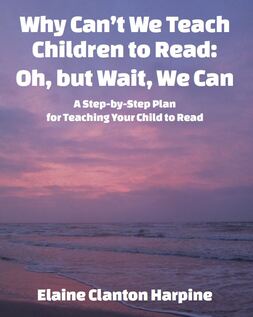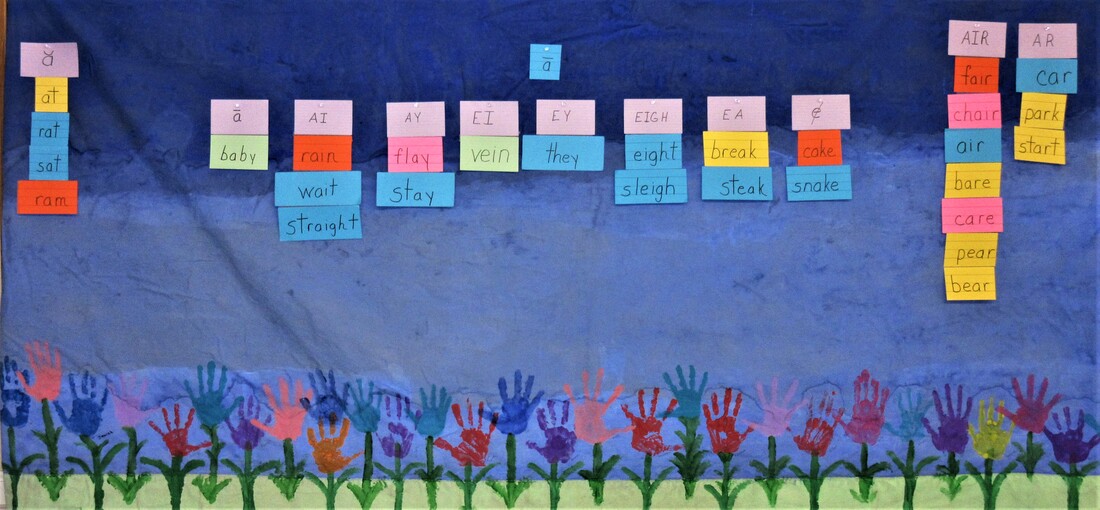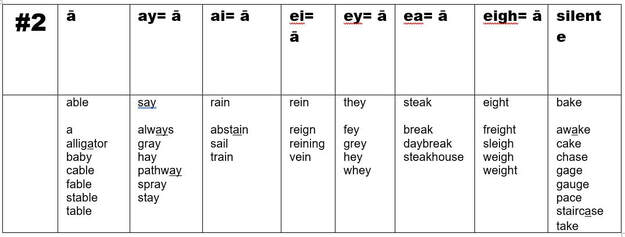
Students must understand vowel clusters in order to learn to read and to spell words. Words are not always spelled the way they sound, so you cannot just rely on sounding out words. Also, as I said before, do not dissect reading, spelling, and writing into different sections or teach separately. When you are tutoring, teach reading, spelling, handwriting, oral reading, fluency, and comprehension all at the same time. How?
I use vowel clustering, a teaching method that allows you to (1) teach children to sound words out and connect with the oral language system (decode and encode letter sounds) as well as (2) teach children to spell words, even words that use vowel and consonant clusters, and (3) teach children to comprehend, write, and practice fluency from the very beginning. This is where vowel clusters become really important.
What is a vowel cluster?
First, let’s define vowel cluster. A vowel cluster is when two adjoining vowels combine together to make a single sound. The vowels may work alone, or they may combine with one or more consonants. For example, eigh. The ei vowel cluster combines with the gh consonant cluster to use the long a vowel sound, as in the word eight. Notice that the vowel/consonant cluster uses the long a vowel sound but there is not even the letter a in the word. This is where children who struggle become very, very confused. [I talk more about how to teach the eigh cluster on pages 43 and 44 in my book: Why Can’t We Teach Children to Read?]
Phonics
In phonics, teachers normally teach the short a sound, then long a sound with silent e. Later phonics talks about irregular sounds. It is these irregular vowel sounds that most students who come to my reading clinic are completely and totally confused about. As one student explained, “I got it when they talked about short a and long a with silent e, but where did all these others come from?”
Vowel Clustering
This is why I use vowel clustering. Vowel clustering teaches all of the sounds for letter a at the same time; therefore, students can see from the first day that the letter a is not just a long and short sound. Even my first graders go to the vowel board and work with letter sounds so that they can learn how words are pronounced and spelled at the same time.

Preview from page 160. This is the vowel board for the long a sound. The entire vowel board and step-by-step instructions on how to use the vowel board when tutoring are included in my new book, Why Can’t We Teach Children to Read: Oh, but Wait We Can.

As you will notice from the vowel board, there are 6 different vowel clusters which use the long a vowel sound. When students look at the vowel board and “match the sound,” they are also matching the vowel cluster as well. This helps students learn to pronounce the word as well as to spell the word.
There are no rules to memorize, and students are never allowed to guess at a word. Students are learning to work with words and learn why words are pronounced and spelled differently. It is this level of understanding that allows students to move up 2 and 4 grade levels in one year in my reading programs. All of my programs use vowel clustering.
Vowel clustering teaches students to decode or break words down into individual letter sounds or sound clusters and then to encode or reassemble those sounds and sound clusters back into pronounceable words. But vowel clustering doesn’t stop there. Students match words by sound on the vowel board and by how words are spelled at the same time. Then, they use the 4 Steps to learn the meaning of the word, how it is used in a sentence, and to write the word correctly. [The 4 Steps teaching technique is emphasized in each chapter of the book. Therefore, students learn to use the 4 Steps effectively.]
There are 15 different vowel and/or vowel-consonant clusters used just by letter a. Every single vowel sound [a e i o u] uses vowel clusters. This is why I use the vowel clustering teaching method.
Is vowel clustering successful with struggling and failing students?
The student who I quoted above arrived at my reading clinic late in the fall term. The parent was in tears because the school said that they were going to put the student back in 2nd grade because he wasn’t ready for 3rd grade. When I tested him, he was reading at beginning 2nd grade with poor comprehension, and first grade spelling. Since he joined late, I used individual one-on-one tutoring [methods from this book] to catch him up with the other students in my reading clinic. By May, he was reading middle 4th grade level with 100% comprehension and beginning 4th grade spelling.
The vowel clustering method also teaches spelling, handwriting, oral reading fluency, comprehension, and story writing. All of my reading programs teach vowel clustering. Vowel clustering has been tested and proven to work with struggling, at-risk, and failing students. A student, who failed for nine years using balanced literacy and phonics, learned to read in 3 ½ years using vowel clustering as taught in my new tutoring book featured at the top of the page.
I have even had struggling students move up four grade levels in one year using vowel clustering. These were students who had failed multiple years in schools that taught whole language, balanced literacy, and phonics. So yes, we can teach students to read, but to do so, we must change the methods that we use to teach reading. We must also change the methods that we use when tutoring.
Today’s struggling students deserve the very best we can offer. Tutoring can make a difference. Simply using phonics instead of whole language is not enough.
So, how should we be teaching students vowel clusters?
Vowel clustering teaches all the vowel sounds in clusters. Remember, there are seven different sounds for the letter a, and the long a sound is just one of those seven sounds. The long a vowel sound can use: ea, ai, ay, ei, ey, eigh, and silent e. Of course, the letter a can also make the long a vowel sound when it stands alone, as with the word apron.
In my tutoring book, there are detailed step-by-step instructions for teaching each vowel sound. I even provide an “instructor” section that has the exact words you need to read or say to the student to explain vowel clusters.
So, if you are only introducing students to the long a sound through silent e when you are tutoring, you have created a problem and confused struggling students, especially when you come along later and introduce irregular vowel sounds. Irregular vowel sounds that are thrown in later is how most students get lost while learning vowels. This is also one of the main reasons that phonics fails with at-risk students.
_______________________
For more information on teaching vowel clusters, see: Vowel Clustering Works Better than Phonics with At-Risk Students
_______________________
If you’d like a longer preview from the book, click here.
If you have questions or need help in tutoring, please contact me. I’m always happy to help.
Helpful Hint on Tutoring to Help Students Overcome Learning Losses: #1
Helpful Hint for Summer Tutoring #2. Select Your Tutoring Curriculum Carefully.
Helpful Summer Tutoring Hint #3: How Do You Adjust Your Tutoring Curriculum to Fit the Needs of Your Student?
Tutoring Hint #4: Never Give Up
 RSS Feed
RSS Feed
